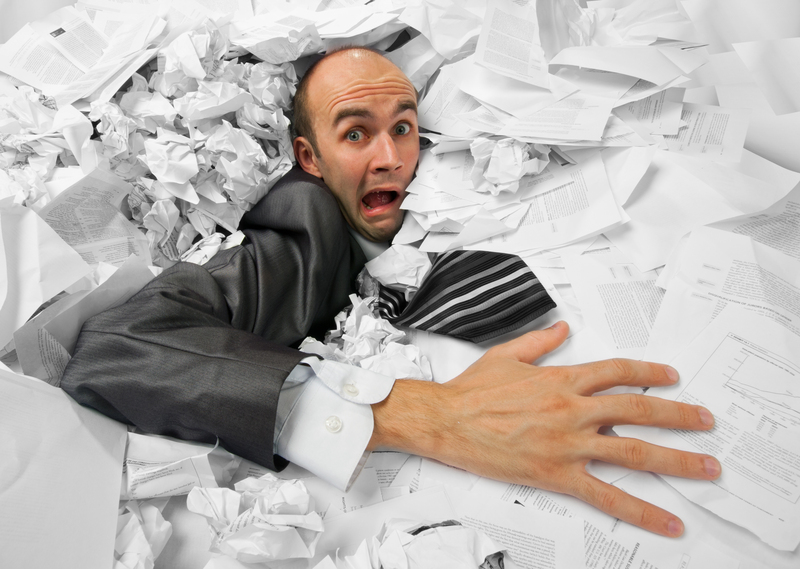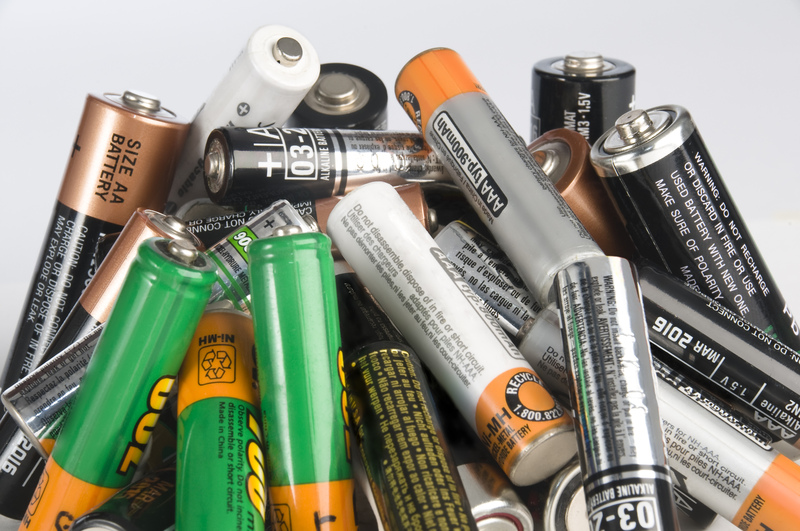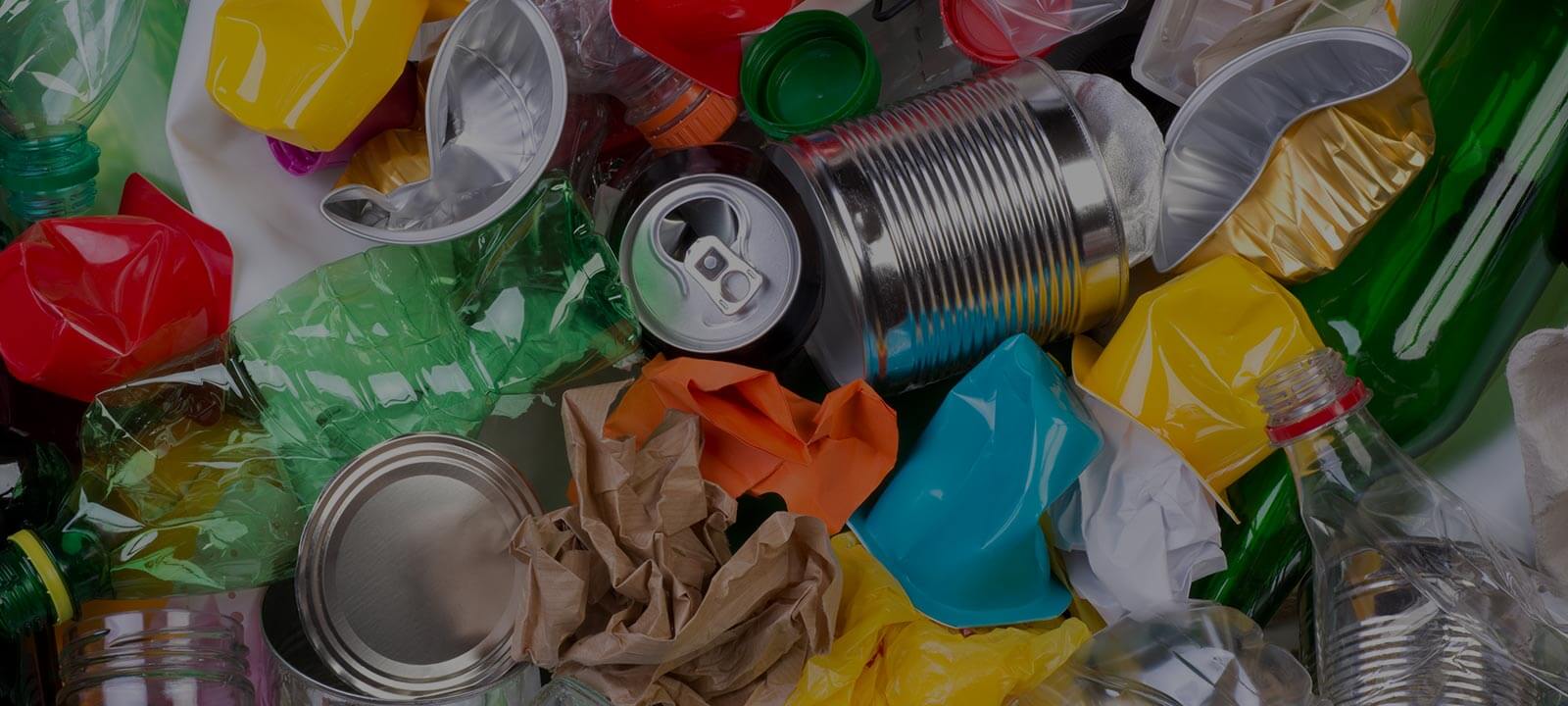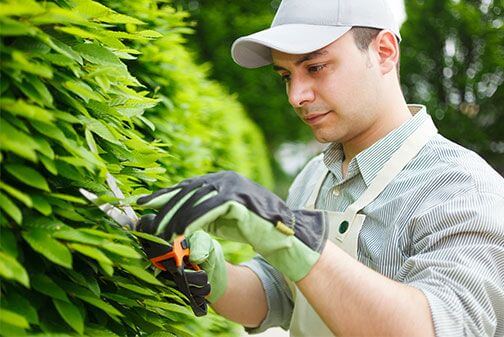Efficient Paper Recycling at Home: 6 Steps
Posted on 25/04/2025
Recycling paper is a simple yet impactful action you can take to help reduce waste and support environmental sustainability. By following a few efficient steps, you can organize and recycle paper at home effectively. In this article, we'll guide you through the process of paper recycling, provide expert tips, and discuss the pros and cons. Let's get started!
Step 1: Understanding Paper Categories
The first step to efficient paper recycling is knowing the different categories of paper. Generally, paper can be classified into the following types:
- Office paper: printer paper, envelopes, and discarded mail.
- Newspaper and magazines: newsprints and glossy magazines.
- Cardboard and paperboard: cereal boxes, shoe boxes, and packaging.
- Mixed paper: catalogues, phone books, and non-glossy prints.
Sorting your paper into these categories can make the recycling process more streamlined and effective.

Step 2: Setting Up a Recycling Station
Designate a specific area in your home for collecting recyclable paper products. Here's how to set up a functional recycling station:
- Choose a convenient location: Ideally situated near where paper waste is generated, such as an office or kitchen.
- Label containers: Use separate, clearly labeled bins for each paper category.
- Keep it tidy: Regularly empty the bins and ensure they remain clean to avoid attracting pests.
Step 3: Sorting and Preparing Paper
Before you toss paper into the recycling bin:
- Remove contaminants: Take out any non-paper materials like plastic windows from envelopes, staples, or food residues.
- Flatten and fold: Break down cardboard and large paper products to save space in your bins.
- Bundle newspapers: Ensure newspapers are tied in bundles to keep them organized.
Step 4: Research Your Local Recycling Policies
Local recycling programs may have specific guidelines you need to follow. It's essential to:
- Check regulations: Visit your municipal website or contact local waste management services to understand the accepted types of paper and the correct recycling procedures.
- Adhere to collection schedules: Be aware of curbside pickup times or drop-off locations to ensure timely recycling.
Step 5: Practice Reduce and Reuse
Recycling is important, but reducing and reusing paper is equally significant. Some tips to minimize paper use include:
- Use digital alternatives: Opt for e-bills, online subscriptions, and digital note-taking.
- Reuse when possible: Repurpose old paper for scrap notes or art projects before recycling.
Step 6: Educate and Involve Family Members
Get everyone in your household on board with the recycling program:
- Educate about recycling: Share information on the importance of paper recycling and how to do it correctly.
- Make it fun: Create challenges or rewards for children to encourage consistent recycling habits.
Pros and Cons of Paper Recycling
Pros:
- Environmental benefits: Reduces deforestation and saves natural resources.
- Energy savings: Recycling paper consumes less energy compared to producing new paper.
- Waste reduction: Lowers the volume of waste in landfills and reduces pollution.
Cons:
- Contamination issues: Mixed materials can contaminate batches, rendering them non-recyclable.
- Cost: The process of collecting, sorting, and processing recycled paper can be costly.
- Quality degradation: Paper fibers degrade each time they are recycled, eventually becoming unusable.
Tips for Efficient Paper Recycling
- Stay informed: Keep up to date with changes in recycling guidelines and best practices.
- Keep dry: Ensure paper is dry before recycling to prevent damage during processing.
- Shop green: Purchase products made from recycled paper to support the recycling market.

Takeaways
Efficient paper recycling at home involves understanding different paper categories, setting up an organized recycling station, and following local recycling policies. Emphasizing the principles of reduce and reuse can further minimize waste, and involving the entire household ensures consistent habits.
Conclusion
Recycling paper at home is not only easy but also an important step toward a sustainable future. By incorporating these steps, tips, and a collective effort from the household, you can contribute significantly to environmental preservation. Remember, every little bit helps, and efficient paper recycling is a powerful way to make a positive impact.






